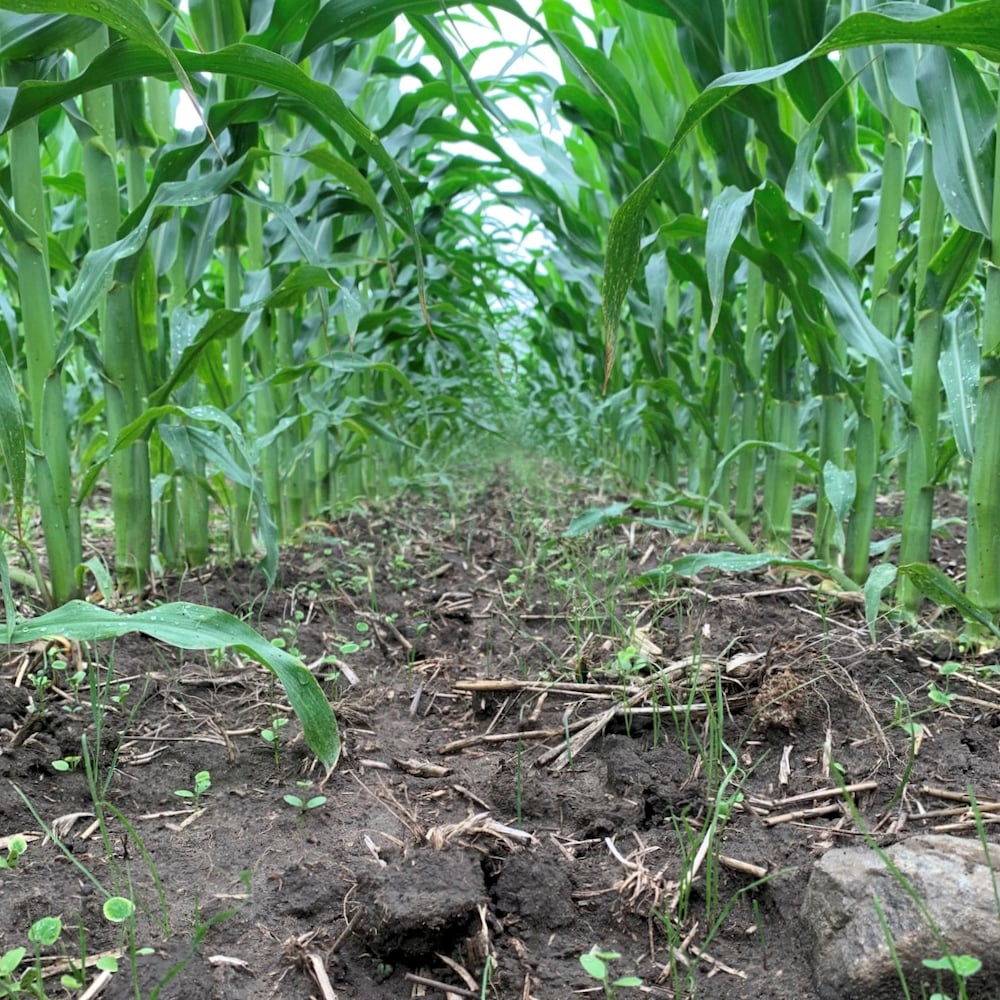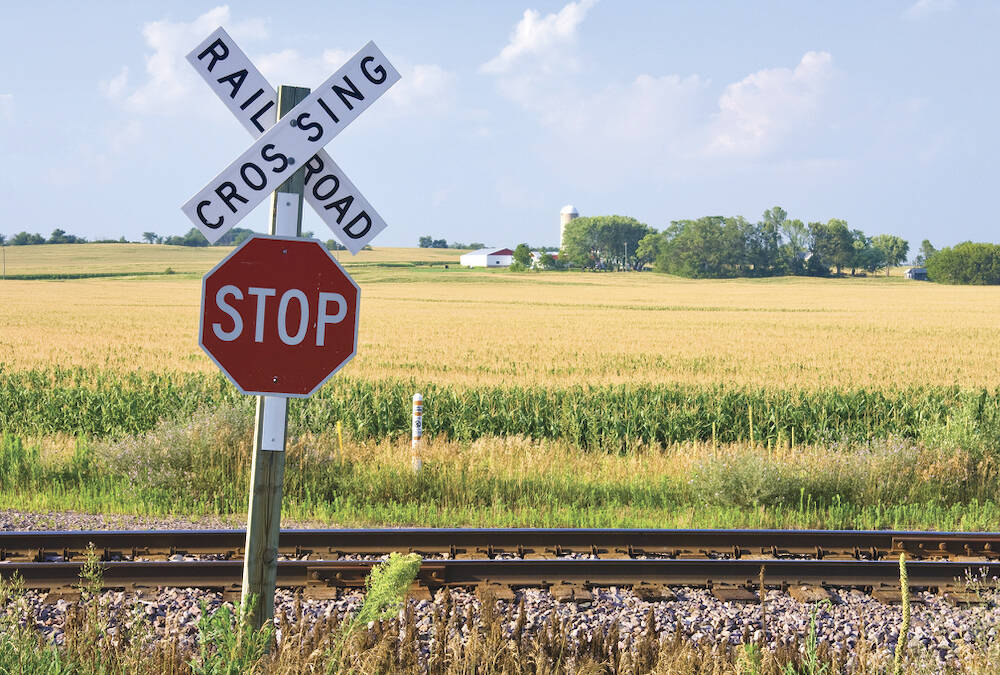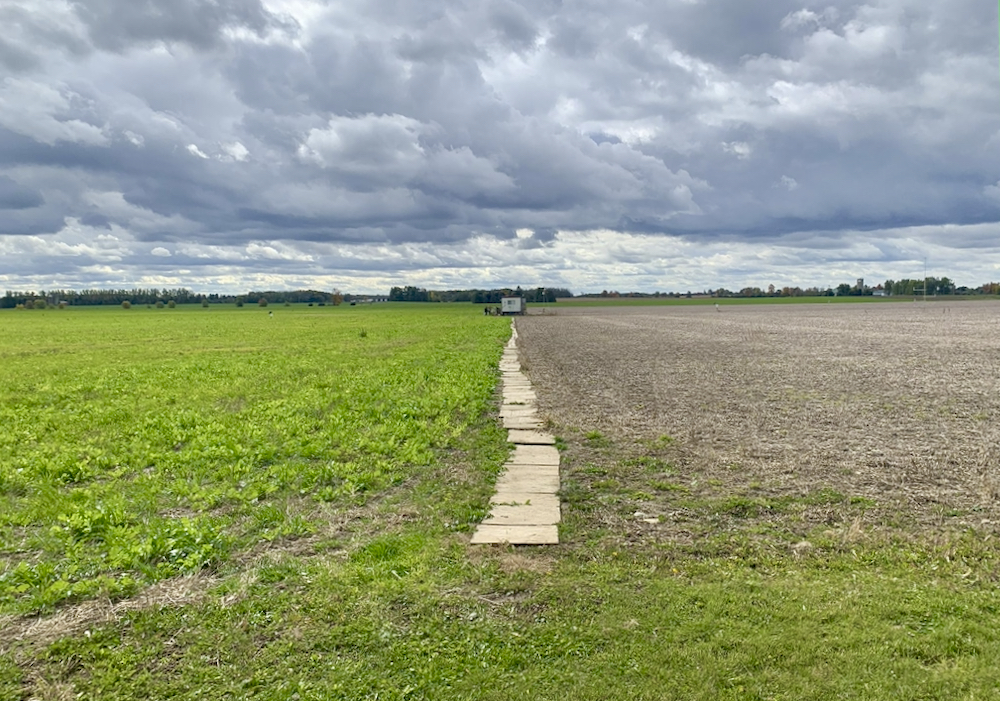How do cover crops impact nitrous oxide emissions?

Cover crops help build soil carbon, reduce erosion, and can offset crop nitrogen fertilizer requirements. But when it comes to nitrous oxide (N2O) – a greenhouse gas that contributes about half the total warming effect from agriculture in Canada1 – there is a question mark surrounding their benefit.
Read Also


Canada’s rail freight traffic at full stop
Canada’s freight rail traffic has ground to a halt after the country’s two largest railways have locked out workers after…
What the research says
The primary driver of nitrous oxide emissions from agricultural soils is denitrification, which is promoted by wet soils, ample available mineral nitrogen (e.g., nitrate), the presence of carbon sources, and freeze-thaw cycles. Cover crops influence each of these conditions. A 2014 meta-analysis found that cover crops decreased N2O emissions in 40 per cent of studies and increased them in the other 60 per cent2.
The following factors determined cover crop effects on emissions:
- Species grown: Legumes increased emissions while non-legumes had a neutral effect.
- Time of year: Cover crops reduced emissions while they grew (by lowering soil nitrate and decreasing soil moisture), but increased emissions after termination (by contributing a flush of available carbon and nitrogen to the soil).
- Termination method: Incorporation by tillage increased N2O emissions.
Ontario studies
New research conducted at the University of Guelph is providing a more complete picture of cover crop impacts on N2O.
A recent study compared a three-crop rotation with cover crops to a two-crop rotation without cover crops3. The researchers, led by Dr. Claudia Wagner-Riddle, uncovered that a four-way cover crop mixture (cereal rye, crimson clover, oats, and daikon radish) seeded after winter wheat lowered emissions during the non-growing season relative to soybean stubble (Figure 1 below). The cover crop lowered soil nitrate in the fall and better insulated soil against freeze-thaw events over winter. However, N2O emissions in corn the next growing season were higher – likely driven by carbon and nitrogen release from decomposing residues. Total emissions were greater with cover crops present.


photo:
Nicole Menheere
Another study from Dr. Wagner-Riddle’s group found that even a low-biomass cover crop can elevate N2O emissions4. An annual ryegrass-crimson clover mix interseeded into corn (Figure 2 at top), which achieved less than 200 pounds of biomass per acre, increased emissions during spring thaw. Winterkilled crimson clover residues were the suspected culprit, fueling higher emissions with elevated soil nitrate levels. In this trial, the cover crop was not thick enough to insulate the soil over winter and lessen emissions from freeze-thaw cycles.
Management practices to lower nitrous oxide emissions
There is not a cut-and-dried answer on cover crops and nitrous oxide emissions from soil. What is clear is that management matters and makes the difference between increased or decreased emissions. The following practices are more likely to lower emissions:
- Seeding grass cover crops (e.g., cereal rye) that scavenge left-over soil nitrate and lower soil moisture levels.
- Select grass cover crop species ahead of soybeans or edible beans. Before corn, a multi-species mix with grasses and legumes can be a good compromise. Adjusting the commercial fertilizer rate by crediting the nitrogen added by legumes is also important.
- Leaving cover crops undisturbed by tillage maximizes the insulating effect of surface residues and slows residue decomposition1,4.
- Avoid or delay tillage of cover crop, if practical, until spring to lower risk of N2O losses.
- Using a dual nitrification and urease inhibitor (e.g., TribuneTM, Excelis Maxx ®) shows promise in lowering emissions for nitrogen applications to corn following cover crops. In the previously mentioned cropping system study, a dual inhibitor reduced N2O emissions by 22 per cent in the corn growing season after a four-way cover crop mix and brought overall emissions in line with those of the two-crop rotation with no cover crop3.
The bottom line
Cover crops can provide both environmental and agronomic benefits. Their impact on greenhouse gas emissions depends on how they are managed.
Keep these latest findings in mind when making cover crop management decisions. Consider ways to lower risk of nitrous oxide losses in a way that makes agronomic and economic sense for your production system.
References
- Greenhouse Gas Emissions and Agriculture
- Do cover crops increase or decrease nitrous oxide emissions? A meta-analysis (2014). A.D. Basche, F.E. Miguez, T.C. Kaspar, and M.J. Castellano. Journal of Soil and Water Conservation. 69: 471-482.
- Increased N2O emissions by cover crops in a diverse crop rotation can be mediated with dual nitrification and urease inhibitors (2024). A. Tariq, N. Menheere, Y. Gao, S. Brown, L.L. Van Eerd, J.D. Lauzon, S. Bruun, and C. Wagner-Riddle. Agriculture, Ecosystems & Environment 374: 109178
- Nongrowing season soil nitrous oxide emissions as influenced by cover crops and fall tillage termination (2023). Y. Gao, K.A. Borden, S.E. Brown, and C. Wagner-Riddle. Canadian Journal of Soil Science. 103: 527–537.
Source: Farmtario.com

